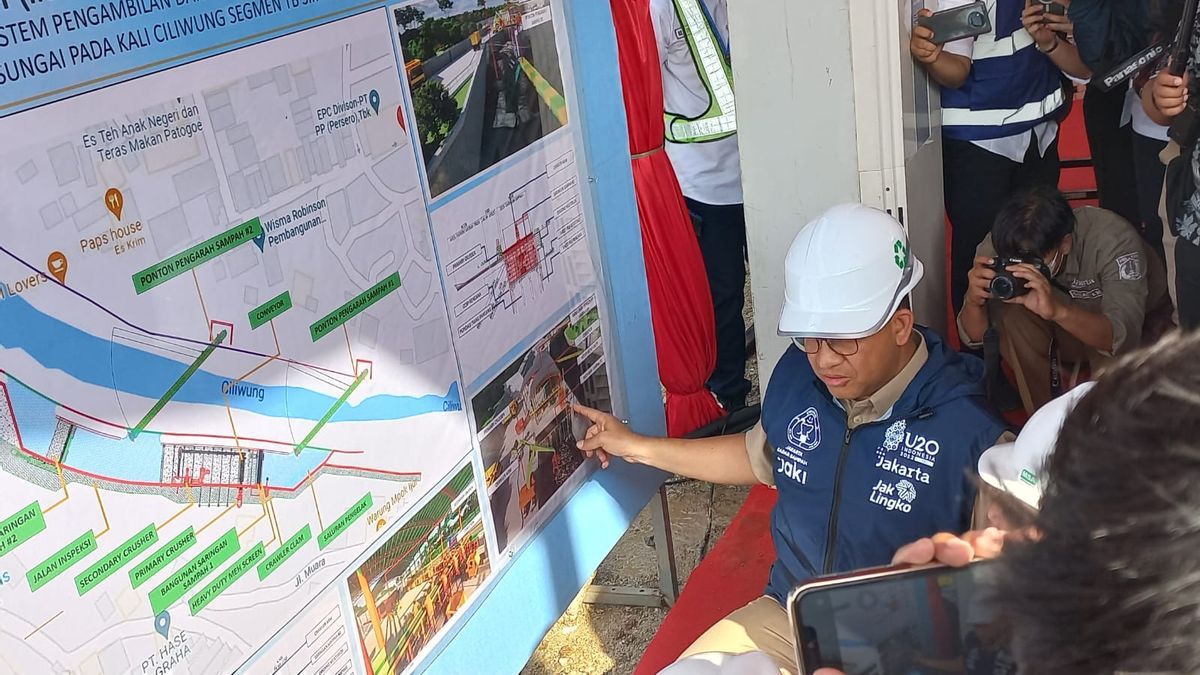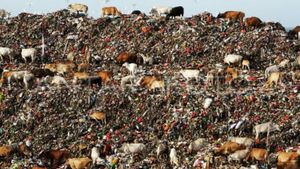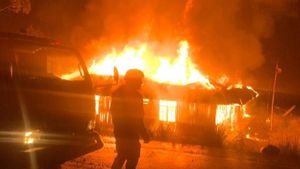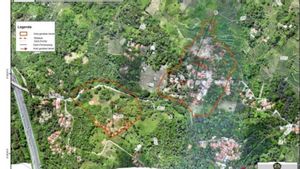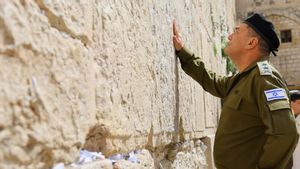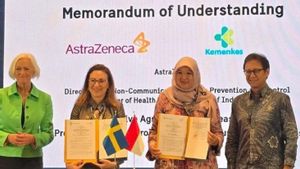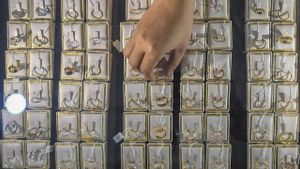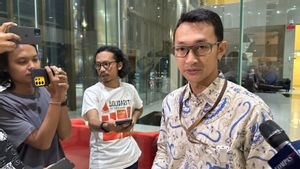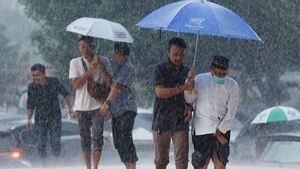JAKARTA - DKI Jakarta Governor Anies Baswedan said that the garbage entering Jakarta from upstream or buffer areas and passing through the Ciliwung River reached 52 tons or one Transjakarta bus per day.
He conveyed this when reviewing the construction of the Ciliwung River waste collection system (river) at the Jakarta border, namely the Simatupang TB segment, South Jakarta.
"The stock of garbage passing through the Viliwung River segment is 52 tons per day. This is approximately equivalent to 1 tronton type Transjakarta bus per day," said Anies, Monday, September 26.
In this condition, Anies often sees garbage flowing up to the Manggarai Sluice Gate piling up adding to the workload of garbage transportation by DKI Provincial Government Water Agency officers, especially in the rainy season.
Therefore, since 2018, Anies has initiated a waste screening system that flows from upstream so as not to accumulate when entering Jakarta. However, due to the COVID-19 pandemic, this project with a budget of IDR 195 billion has only been implemented this year.
It is planned that the construction of a waste filter will be completed in December 2022 and can start operating in January 2023 with a filtering capacity and processing of around 40 m3 per day.
"So, the technology used is the latest one where the waste is not just transported, but processed first in this place, then brought to the final processing. Hopefully this will be able to control waste from entering the city," explained Anies.
The DKI Provincial Government has also created a new river stream in the form of Kali Gedong on one side of the river. This is so that during the waste collection process using a waste filter system, it does not hinder or interfere with the flow of the main river water.
The waste screening process is divided into 2 stages of screening and 2 stages of disbursing organic waste, namely:
- Phase 1 screening
Functioning to capture garbage measuring above 50 cm, lifting from the body of water, placing it in Conveyor to be destroyed to a size of approximately 5 centimeters to 20 centimeters.
- Phase 2 filtering
Functioning to capture the size of waste above 20-50 cm, remove it from the body of water, place it in Conveyor and then take it to the destroyer or Secondary Crusher to be destroyed to a size of approximately 3 centimeters to 5 centimeters.
- Phase 1 pencah
Functioning to clean up large waste (yu, bamboo, mattress, former buildings, agriculture, and others) to measure 10 centimeters to 20 centimeters.
- Automatic waste separation
Functions to separate fine waste and rough waste before waste is inserted into stage 2 pencah
- Phase 2 pencah
Functioning to clean up large waste (yu, bamboo, mattress, former buildings, agriculture, and others) to measure 3 centimeters to 5 centimeters.
The English, Chinese, Japanese, Arabic, and French versions are automatically generated by the AI. So there may still be inaccuracies in translating, please always see Indonesian as our main language. (system supported by DigitalSiber.id)
